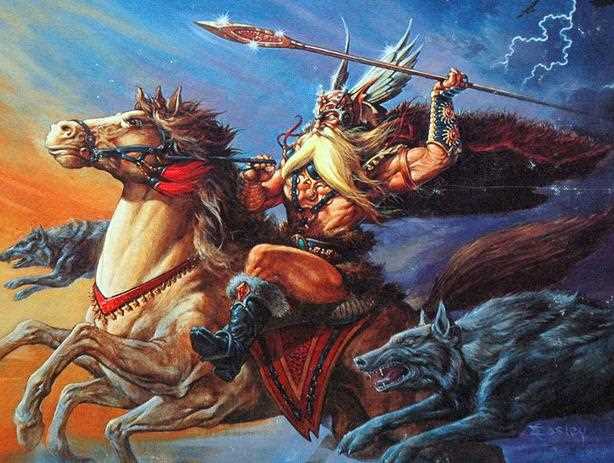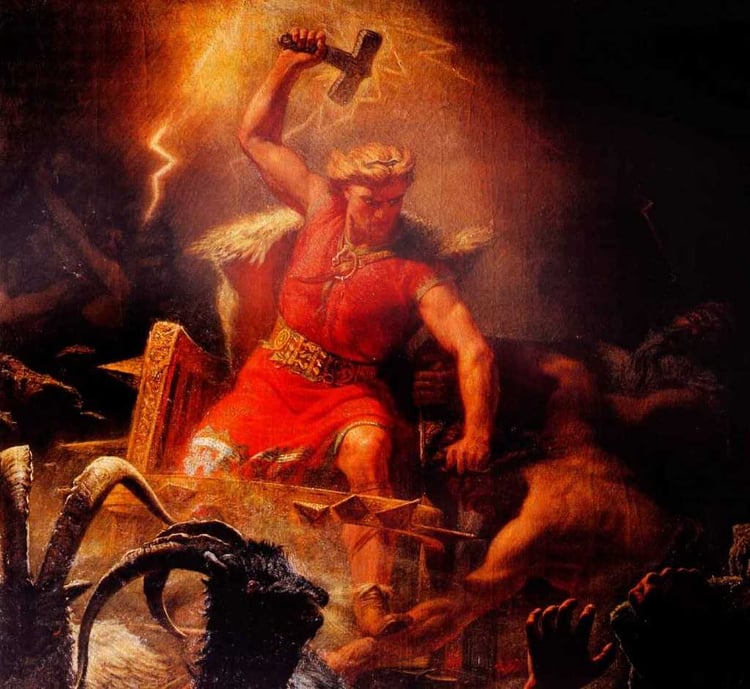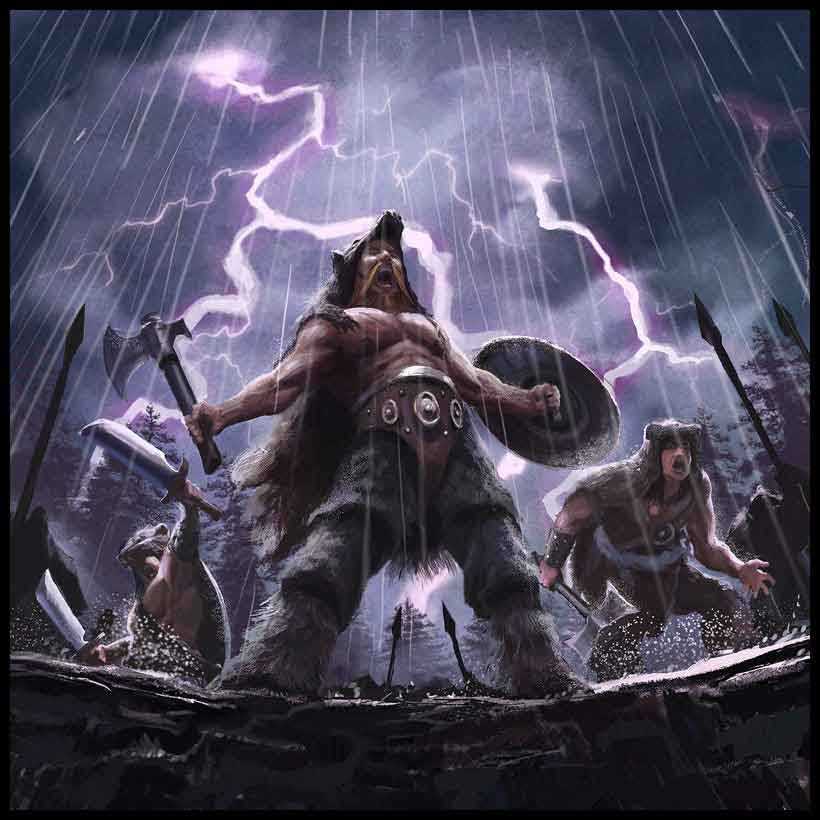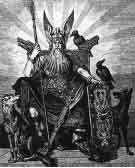Ásatrúarfélagið:
The Icelandic Sagas preserve knowledge about the religion of the Vikings, Ásatrú, most notably in the Prose Edda. You may be pleased to find that it is also preserved in the names of people and places in Iceland – and as an officially recognised religion. Ásgrímur (masks of god) is a common men’s name for example, and Ásbyrgi (shelter of god) is one of the most beautiful canyons in Iceland. The horse-shoe shaped canyon was created when Sleipnir, the eight legged horse of Odin, put one of his hoofs down, according to the ancient mythology. The state officially recognised Ásatrúarfélagið (The Fellowship of the Believers in the Eses) in 1973.
Faith in the Gods
Ásatrú means faith in the Eses (plural). The name is derived from the principal race of godly beings, the Eses, but it also encompasses their godly rival race called the Vanir. Ásatrú can therefore be taken to mean faith in the gods. Eses is the plural of the word for God in Old English, ós, which is preserved as the prefix “os” in names such as Oswald and Oscar.
The Roots
Presently, the best known Eses are most likely Óðinn (Odin) and Þór (Thor). Odin is the chief of the Eses, and along with his two brothers, the creator of the first two humans, Askur and Embla. Odin was known as Wóden in Old English and Wodan in Old High German. The root word “wod” referred to being possessed or mad, but in Old Norse Odin means the master of the force of life. Thor, the god of thunder, is the protector of Eses and men. His name is derived from the word þunraz (or thunraz) in Common Germanic, which became thunder in modern English. The English speaking world is reminded of Odin and Thor every week because Wednesday means Woden’s day and Thursday means Thor’s day.
The Sagas
Christianity officially replaced the old faith as the state religion around the year 1000 AD, although the worship of the old gods was still allowed as long as it was done in secret. Thus, our culture preserved the old mythology until the Sagas were compiled in the 12th and 13th centuries. The old faith then became all but forgotten until the 1970s. Ásatrúarfélagið was founded on the first day of summer in 1972, and the Icelandic government recognised it as a registered religious organisation in 1973 – despite objections by the Church.
With Thor’s Help
The minister of justice and ecclesiastical affairs did not respond too enthusiastically to the initial request for renewed state recognition of the old pagan faith. When two representatives visited him at his office, he is said to have given rather evasive answers. Rumour has it that Thor was not very pleased. A thunderstorm broke out while the minister was showing the two guests the way out, leaving the good minister alone in the dark as the power went out. Whether or not this event helped to persuade the government of the merits of acknowledging the old gods has not been confirmed.
Many Truths for the Individual
The new Icelandic fellowship does not have any fixed dogma or theology, and even though it is based on the old mythology, it does not emphasise worship of the Eses. It does, however, specifically reject animal sacrifice, militarism, and racial supremacy ideologies. The current allsherjargoði (the high priest) is Hilmar Örn Hilmarsson. He is perhaps best known for his work on the Oscar nominated film Children of Nature, and for his collaborations with the acclaimed band Sigur Rós. He may have given the best description of the philosophy of his fellowship, as he sees it, in an interview in 2010:
“Monotheism is one truth for the masses, but polytheism is many truths for the individual… Basically, you can believe in whatever god or goddess you would like at any given time. You may have a need for Freya on Monday morning, and Thor may be absolutely essential for you on Tuesday afternoon. Nobody can teach you. You have to find it yourself.”





